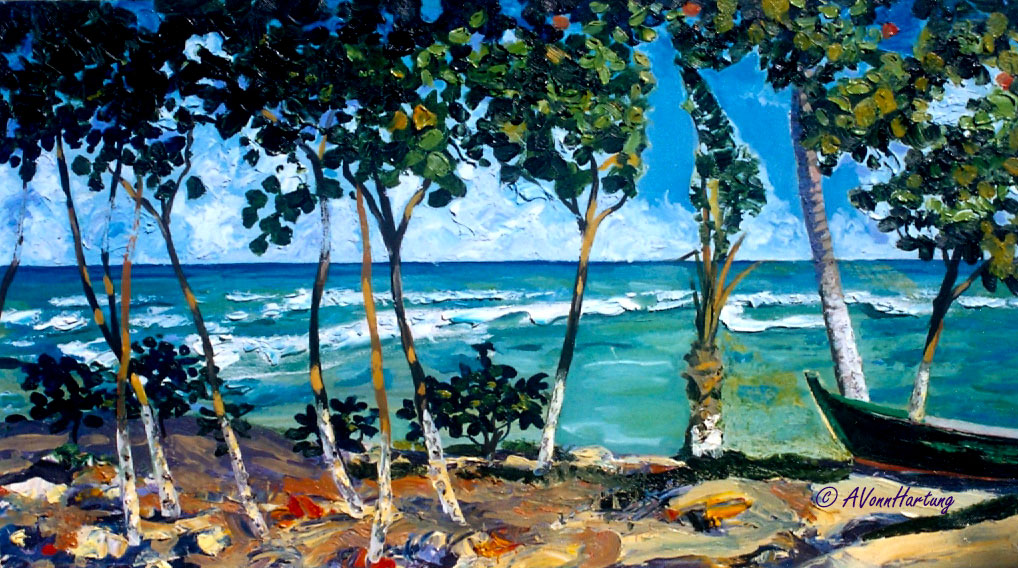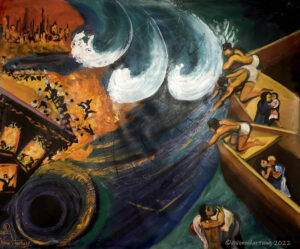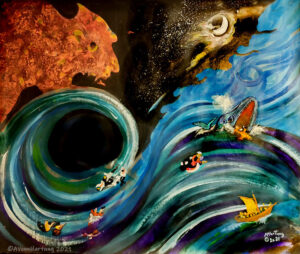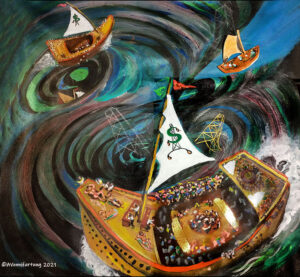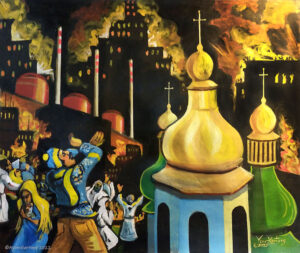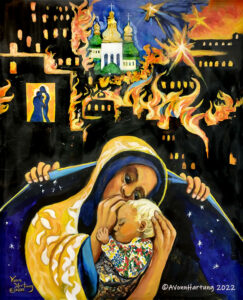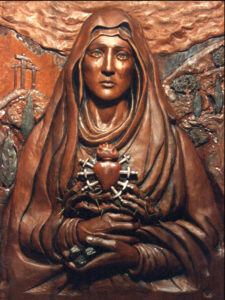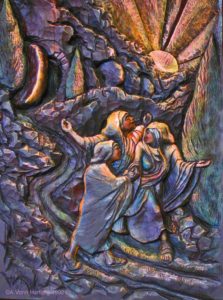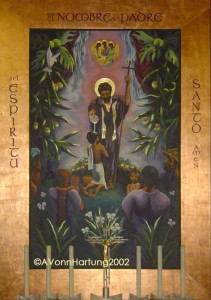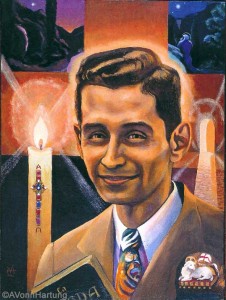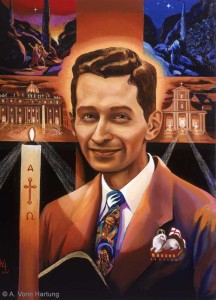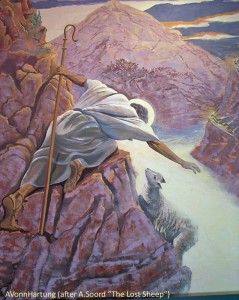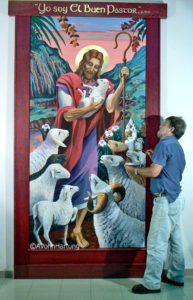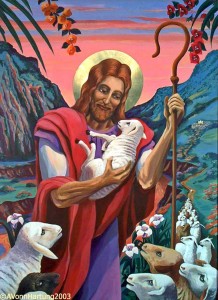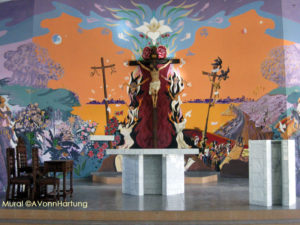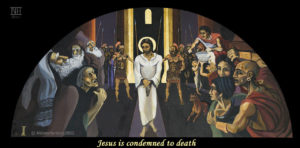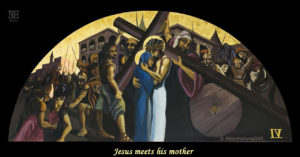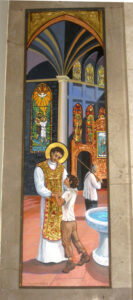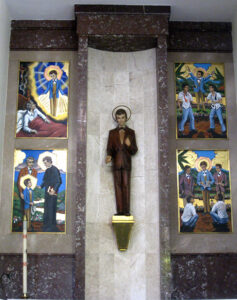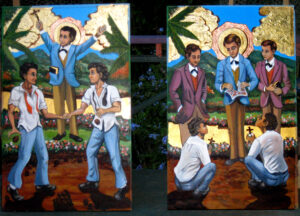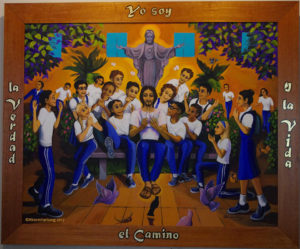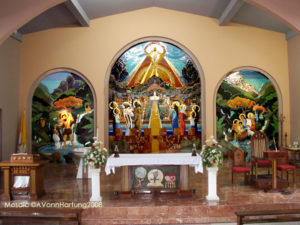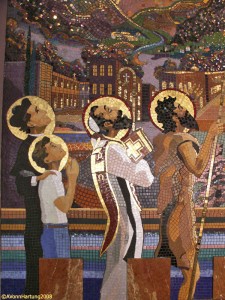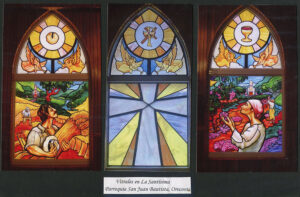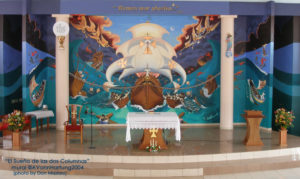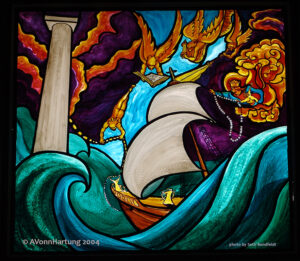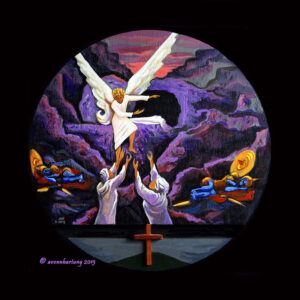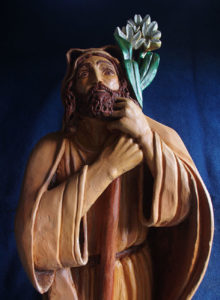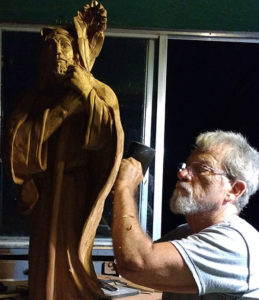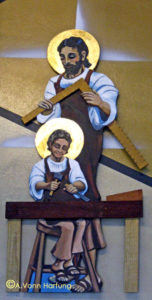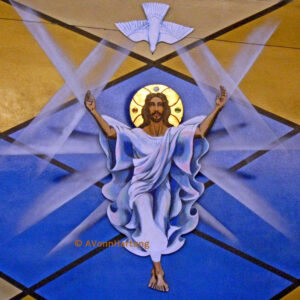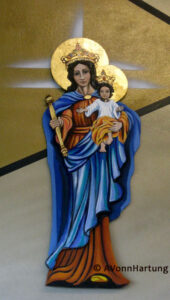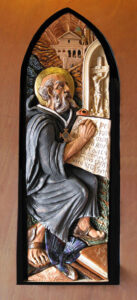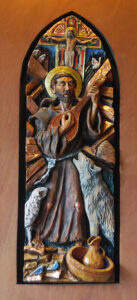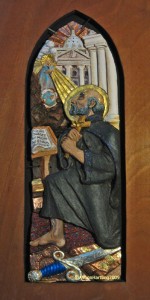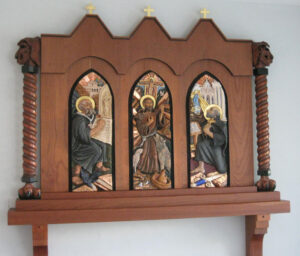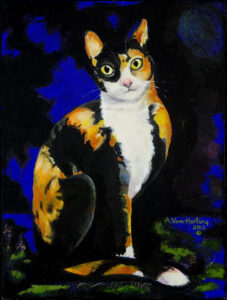Deviled Eggs
A painting and a poem
I dedicate this painting and poem, “Deviled Eggs”, in memory of all the brave souls who have died sacrificing their lives for a better world.
As part of my series “Cry of Creation,” this work focuses and shines a light on the existential and spiritual threat we face as humanity confronts our own extraordinary power to tip the climate into an imbalance that threatens the future of the world as we know it. We are all important and all uniquely indispensable! Yes—You and Me!
For the love of money is the root of all evil… (1 Timothy 6:10)
Some prioritize financial gain over the health of our planet and its people. They understand they are creating a dystopian imbalance in nature, and yet if we do not change their thinking on this dynamic, we will succumb to this biblical truth.
******************************
Dedico esta pintura y poema, “Deviled Eggs”, a la memoria de todas las almas valientes que han muerto sacrificando sus vidas por un mundo mejor.
Como parte de mi serie “Grito de Creación“, esta obra se centra y arroja luz sobre la amenaza existencial y espiritual que enfrentamos a medida que la humanidad confronta su propio y extraordinario poder para desestabilizar el clima y amenazar el futuro del mundo tal como lo conocemos. ¡Todos somos importantes y todos singularmente indispensables! ¡Sí! ¡Tú y yo!
Porque el amor al dinero es la raíz de toda clase de males (1 Timoteo 6:10)
Algunos priorizan las ganancias económicas sobre la salud de nuestro planeta y su gente. Entienden que están creando un desequilibrio distópico en la naturaleza, y sin embargo, si no cambiamos su manera de pensar sobre esta dinámica, sucumbiremos a esta verdad bíblica.
The truth IS, God gathers, the devil scatters!
La verdad ES, Dios recoge, el diablo dispersa!
Deviled Eggs
Mammon (Devil of Greed) would deceive us saying—
“We’re entitled! All on Earth is ours for the taking!”
then turn and make our world an Omelet of Deviled Eggs!
From the spoils of our addiction,
to profits quarterly earned,
is spun the myth of Utopia!
While Greed clear-cuts timber,
and ancient forests burn
Priceless black blood lies in the womb of our Sacred Earth.
The Blood of Dinosaurs and giant Ferns.
As we—Sucking-up on it
like Mother’s Milk—
We as Combustion Burn!
The myth of endless growth
slurps up— “me thinks”
the broth of Sacred Life,
eons ago gone Extinct.
Yet we reward extravagantly reckless greed.
We make no shame, but tribute pay,
to those who would pay-out our future lives away.
To what extent and how far down
are we drilling and willing to ignore,
the council of our Wisdom
that makes up Freedom’s Core.
What has blinded our good sense?
That binds us to our folly.
knowing it will be at our future world’s expense.
What has hobbled our humility and morphed it into Pride?
Who has turned us off our path and broken up our stride?
We sing and shout the chant of Mammon
“If I can buy it, it’s mine! If I can do it, I will!
Oh Stupid! Oh, Self-Deceived Fallen One
We follow!
Down our hole we Go?
No! Let us ransom our Earthly Mother—
from out the skillet—set her free!
So she can spin and twirl in dance,
Blue Mother Dancing Free!
Lord God has let us ride through this our space and time,
a ride given to us FREE.
It’s where Earth has always been for us
and where She always wants to be.
A.Vonn Hartung © 2022
